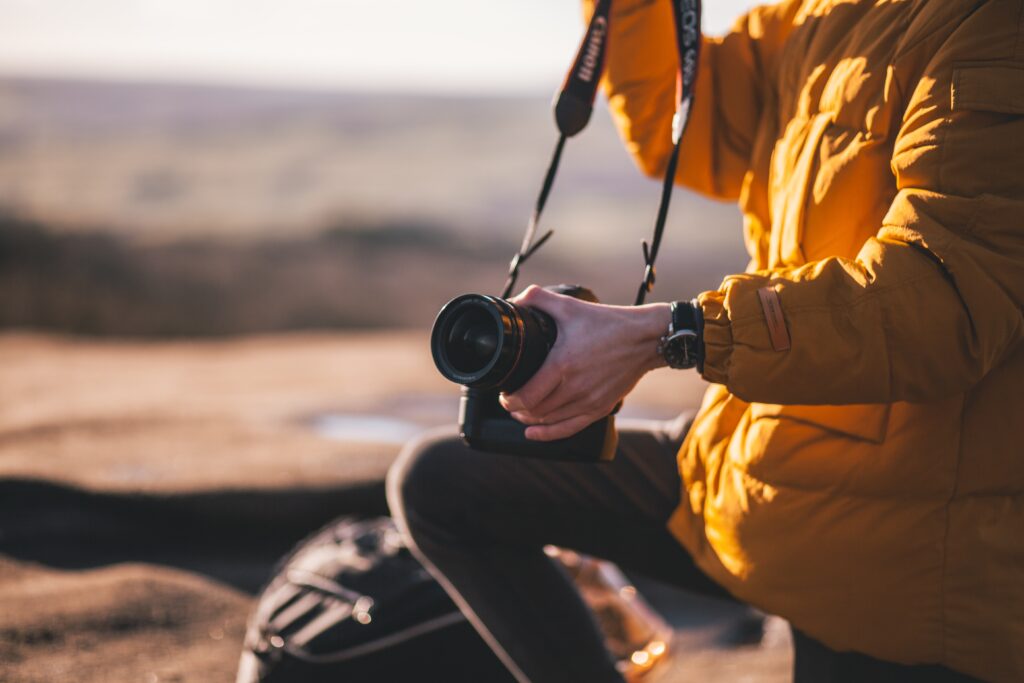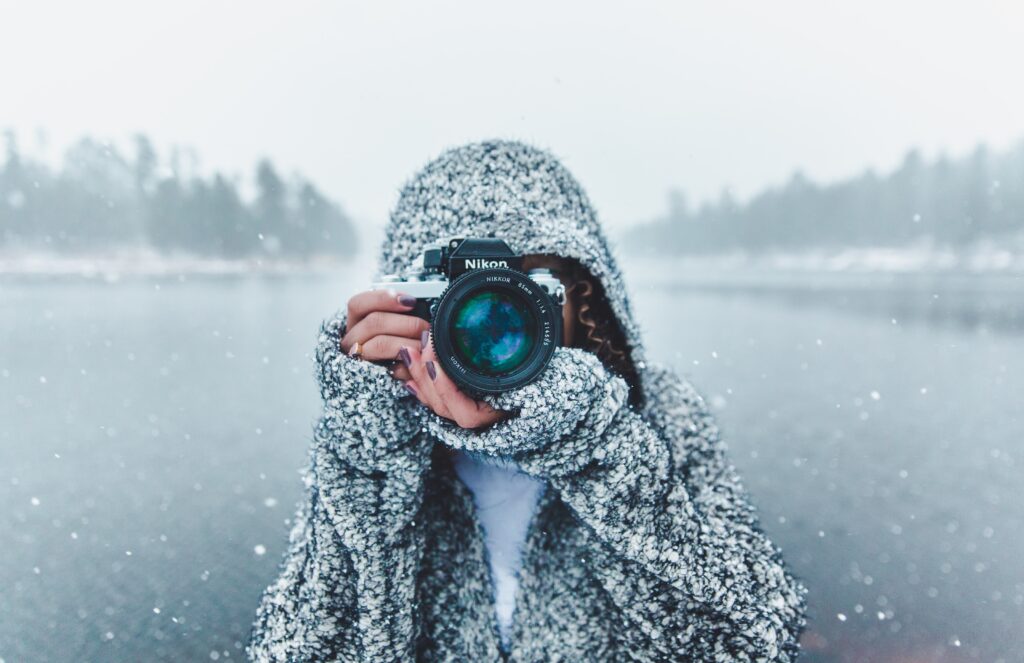It’s difficult at times to find the patience to capture images, You want to explore and capture hand-held with ease. Like it’s just part of your daily routine.
Landscape photography can be a deeply rewarding pursuit, allowing us to capture the beauty and majesty of the natural world in all its forms. However, it is also a discipline that requires a great deal of patience, as often the best shots can take hours or even days to capture. In this article, we will explore the importance of patience in landscape photography, as well as some tips for how to cultivate it and what equipment to bring with you.

The Importance of Patience in Landscape Photography
The importance of patience in landscape photography cannot be overstated. To capture truly stunning shots, you need to be willing to spend time waiting for the right light, the right weather conditions, and the right moment to present itself. This means being willing to sit and observe a scene for long periods, waiting for the perfect moment to capture the shot.
For example, if you are trying to capture a sunset over a mountain range, you need to be willing to arrive at the location well before the sun sets, set up your equipment, and wait for the right moment to arrive. This may mean waiting for an hour or more as the sun gradually sinks lower in the sky, the light changes, and the colors of the landscape shift.
In addition, being patient also means being willing to return to a location multiple times to capture the shot you want. Often, the best shots require multiple attempts, as weather conditions, lighting, and other factors can vary significantly from day to day.

Learning to Be More Patient
Learning to be more patient is an important skill for any landscape photographer, and there are several things you can do to cultivate this skill. One of the most important is simply to spend more time observing and experiencing the natural world. This can help you develop a deeper appreciation for the beauty and complexity of the landscapes you are trying to capture, and can make the waiting more enjoyable.
Another important strategy is to practice mindfulness and meditation. These practices can help you stay focused and present in the moment, even as you wait for the perfect shot to present itself. They can also help you cultivate a sense of calm and equanimity, which can be invaluable when dealing with unexpected challenges or setbacks.
Finally, it is important to remember that patience is a skill that takes time and practice to develop. The more you practice waiting and observing, the easier it will become, and the more rewarding your landscape photography will be.
Equipment to Bring
When it comes to equipment, there are several key items that every landscape photographer should bring with them. These include:
- A sturdy tripod: A good tripod is essential for landscape photography, as it allows you to keep your camera steady and avoid blurry shots. If you can manage it, a monopod is a nice option you might enjoy more. And you can use one like a trekking pole if your camera bag is with you. I used to think trekking poles were lame, now I rely on them. They are my best friend. If you can swing it, buy carbon fiber models as they are so much lighter. It makes an enormous difference,.
- A wide-angle lens: A wide-angle lens is great for capturing sweeping landscapes and dramatic vistas.
- Gloves and a hat. Preferably a ball cap.
- Neutral density filters: Neutral density filters can help you control the amount of light entering your lens, which is especially important for capturing long exposures in bright daylight.
- A remote shutter release: A remote shutter release allows you to take photos without touching your camera, which can help you avoid camera shake and produce sharper images.
- Extra batteries and memory cards: Landscape photography can be a battery and memory card-intensive activity, so it is important to bring extras of both to ensure you can keep shooting all day.
In conclusion, patience is an essential skill for any landscape photographer, allowing you to capture truly stunning shots and connect more deeply with the natural world. By cultivating this skill through observation, mindfulness, and practice, and by bringing the right equipment, you can take your landscape photography to the next level and create images that truly inspire and amaze.

